Artificial intelligence (AI) has become one of the most talked-about technologies of the last decade. Spend a few minutes reading the news, and you’ll quickly come across articles about AI advancements. Even social media has fallen under this technology’s spell, with many platforms adding AI features. But how does AI work, exactly?
If you’re still a little hazy on the details, you’re not alone. Luckily, the basics are easy to grasp. Artificial intelligence uses algorithms — or sets of instructions — to process information and complete tasks. Like humans, AI learns from its experiences and mistakes, so it’s constantly improving.
While AI only really landed in the public spotlight in the last few years, it’s already become part of our everyday lives. Everything from Spotify to magnetic resonance imaging (MRI) machines uses AI to solve problems and work smarter. And that’s only the beginning. Soon, AI could transform almost everything we do at home and in the workplace.
Let’s take a closer look at how AI works and its astonishing capabilities. We’ll also explore new ways to use this technology to improve your everyday workflows.
How does AI work?
Artificial intelligence may sound complex, but you don’t need a computer science degree to understand how it works.
Essentially, all AI technology relies on rules called algorithms. These instructions tell the software how to process data and make decisions. Developers then train AI using vast amounts of data and provide feedback to help it learn from its mistakes.
Suppose you create AI software that analyzes animal images and categorizes them by species. To train it, you could expose it to thousands of labeled pet photos. Over time, the algorithm would recognize patterns in the dataset, distinguishing between cats and dogs more accurately.
Broadly speaking, there are two types of computer AI: narrow and general.
- Narrow AI is designed to perform specific tasks, such as monitoring inventory or recognizing faces. While these tools are effective in their areas, they can’t truly reason for themselves. In other words, they’re far from the sentient AI robots seen in science fiction movies.
- By contrast, general AI could theoretically think and solve problems just like a human. But we’re not anywhere close to that yet. However, researchers are working hard to create more sophisticated AI systems. For example, scientists at the Beckman Institute for Advanced Science and Technology have developed AI models that help doctors diagnose cancer.
You may have to wait decades for general AI, but you already use narrow AI in your daily life. When you talk to your smartphone’s voice assistant, AI helps it interpret and respond to your words. That’s why you can ask it for anything from directions to a coffee shop to appointment reminders.
Similarly, Amazon and other companies use AI to analyze your behavior, personalizing product recommendations. Spend a lot of time browsing for power tools and paint? Expect to see more DIY supplies appearing in your recommendations.
The purpose of AI
Sci-fi books often describe AI as a sinister villain, ready to overthrow its human creators at any moment. But in reality, AI isn’t sentient, and it’s definitely not evil. Instead, it’s designed to help us make smarter decisions and work more efficiently.
Pro Tip
Many platforms boost efficiency by automating repetitive tasks. For instance, the Jotform AI Quiz Generator is perfect for creating custom quizzes. Just input a few prompts or upload a document, and the software automatically generates questions. Instead of spending hours writing and revising, you’ll have polished quizzes ready in minutes.
AI also improves decision-making with predictive analytics. Here’s a common example: While traveling out of state, you swipe your credit card at a gas station. AI-powered tools analyze your past spending habits to determine if the transaction is suspicious. If you’ve never been in that area before, the AI might flag the sale as potential fraud and block it.
While having your card denied can be inconvenient, this advanced decision-making could help protect you from a huge bill if your card is ever stolen. It also saves credit card companies money by reducing fraud.
Additionally, businesses across industries are using AI to spark innovation and overcome challenges. In education, for instance, this technology empowers teachers to design more engaging lesson plans. They can also use it to detect plagiarism and even identify AI usage from sneaky students. Meanwhile, healthcare professionals can train AI models to detect tumors and personalize treatment plans.
Key capabilities of AI
While AI can’t reason as well as us yet, that doesn’t mean it’s useless. In fact, this technology has several unique functions that go beyond human limitations:
- Data processing: This technology can process and analyze vast datasets at high speed. While you might spend years sifting through millions of data points, AI can handle it in mere minutes.
- Pattern recognition and predictive modeling: With the proper training, algorithms can spot trends and anomalies in datasets that you might miss on your own. Based on these patterns, AI can predict future events — like analyzing customer behavior to anticipate future shopping habits.
- Aid decisions when you’re feeling uncertain or scared: Without emotions of its own, it provides objective guidance. This assistance is invaluable, especially during public relations crises and other stressful events.
Sources of AI knowledge: Where do AI systems get their information?
If you’re not a tech whiz, the inner workings of AI systems can seem downright mysterious. For example, you might ask ChatGPT how atoms work and receive a plausible-sounding response. But where does the platform get that information — and can you trust it?
Large language models like ChatGPT are trained using enormous datasets, which can include everything from blog posts to news articles. Think of it like a college student poring over textbooks. The models study this material to learn about their context and language.
Next, the AI uses machine learning algorithms to spot patterns in the data. These algorithms continually adjust as they process more information. If you start with classic novels, the model might generate antiquated words like “anodyne” and “dudgeon.” Add more modern sources, and the algorithms will adjust their language to match.
However, not all AI tools rely on text. Some systems process data from the Internet of Things (IoT) devices like sensors. Other common sources include customer data, images, and even biometric data.
No matter the data source, AI can make mistakes — especially early on. Take Google’s Gemini image generator, for example. It drew widespread criticism for generating historically inaccurate images (like female popes) in a misguided attempt to promote diversity. AI can also “hallucinate” fake information. Ask ChatGPT to write an essay on atoms, and it might invent references.
That’s why feedback loops are an absolute necessity. Humans must analyze AI output and fix the inevitable errors. This might involve annotating and labeling data points to help algorithms interpret them accurately. Developers should also fact-check AI results and provide corrections as needed.
Human vs AI: What can AI do that humans can’t?
While AI will never fully replace humans — at least, not until we develop general AI — it excels in many areas where we fall short. These unique capabilities make AI a very useful tool for many tasks.
One of AI’s greatest strengths is high-speed data analysis. This technology can evaluate huge quantities of data in the blink of an eye and juggle multiple tasks at once. For example, Netflix uses machine learning algorithms to analyze millions of customers’ behavior. These tools assess everything from the most-viewed films to how many times users pause an episode.
Additionally, AI-driven insights can help businesses make more objective decisions. If Netflix’s analytics tools reveal that audiences are craving more vampire romances, the company can invest more in that content — even if the executives prefer thrillers. Or, if viewership starts to decline, Netflix can pivot to new trends to regain interest.
Plus, AI is available around the clock. Unlike humans, it never rests or jets off on a two-week Hawaiian vacation. It handles tasks 24-7, even when you’re not around. It also doesn’t take up any physical space, so you can use it anywhere.
The people behind AI: Who creates AI?
While anyone can build simple algorithms with a little knowledge, building complex AI systems takes much more expertise. That’s why companies like OpenAI and NVIDIA hire teams of specialists:
- Computer scientists write the code for AI software and develop new techniques for training algorithms.
- Data analysts teach algorithms how to interpret data and double-check the accuracy of their findings.
- Domain experts provide invaluable insights into their niches, such as healthcare or finance, to make sure AI platforms are practical and relevant.
Companies also rely on AI researchers to design ground-breaking AI models and solutions. One fascinating example is a recent collaboration between scholars at the University of Washington, Seattle’s Allen Institute for AI, and Stanford University. They developed a new technique called “test-time scaling” to make AI process information for longer, leading to more accurate outputs. Notably, these scholars shared their model and data publicly on GitHub. Open-source projects like this increase accessibility to AI knowledge, which may lead to more exciting breakthroughs.
Industry leaders play a critical role in AI development, too. They shape public conversations about the applications and ethical usage of these tools. For example, founder of an AI ethical risk consultancy Reid Blackman explores the societal impact of AI in his weekly podcast, Ethical Machines. Joe Houghton is another trailblazer who uses AI to promote accessibility in education.
Make your forms more intuitive with Jotform AI Agents
Interested in using AI to improve your workflows? The good news is you don’t need to learn code or totally overhaul your tech stack.
Start small by using Jotform AI Agents to create more intuitive forms. This platform lets you transform boring or confusing paperwork into conversational experiences. The best part? You don’t need to write a single line of code.
Here’s how it works:
- Choose a template or build AI “agents” — or advanced software — from scratch.
- Train these systems with your data, so they understand what you’re looking for.
- Customize your AI agents based on your audience and the data you need.
- Add personalized AI agents to your forms. This is where the real fun begins. When a customer fills out these documents, an agent asks questions to help collect all the necessary information. If a customer forgets to write their full address, for instance, the software prompts them to complete it.
Jotform AI Agents also answer customer queries. This assistance helps clients complete forms accurately, reducing the risk of expensive errors. It also personalizes the documentation process. Instead of getting overwhelmed by paperwork, your customers will feel like they’re collaborating with a friendly virtual assistant.
Explore the Jotform Agent Templates to browse templates for different roles and tasks. For instance, the Hospice Care Coordinator Agent assists relatives in filling out necessary forms — it’s a great way to streamline admin when emotions are high. Similarly, the Real Estate Consultant helps clients find their dream home or office in line with their needs.
Level up your AI knowledge
The evidence is clear: AI is quickly becoming an inescapable part of daily life. As this technology keeps advancing, it’ll transform careers and even entire industries.
These rapid changes might seem stressful, but they don’t have to be. By learning how AI works, you can empower yourself to use this tool to improve your professional and personal life. Get started by following industry thought leaders, or check out our blog for more info about AI.
This article is for anyone curious about how artificial intelligence actually works — from beginners exploring AI for the first time to professionals who want a clear, practical overview of its purpose and capabilities.
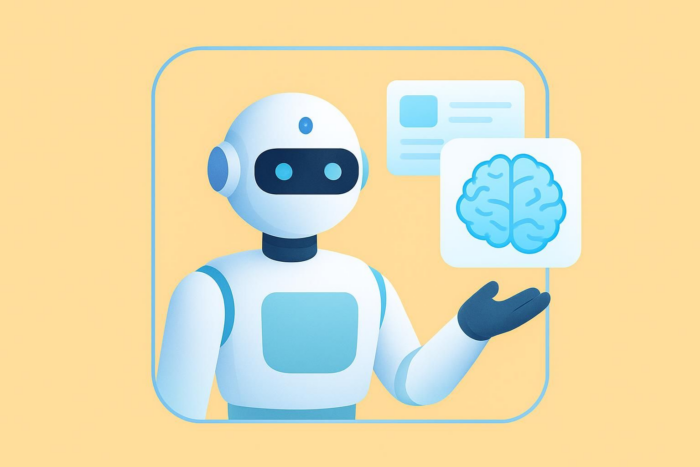



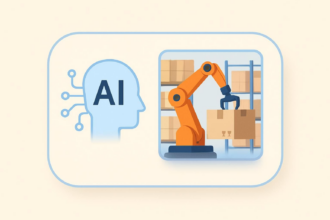






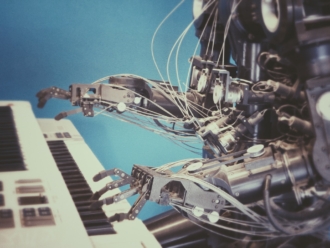



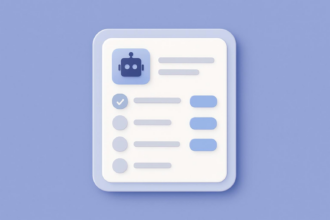





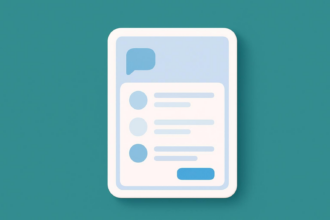




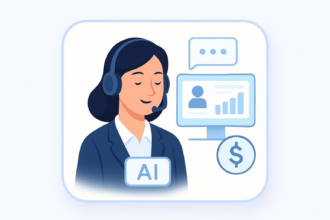


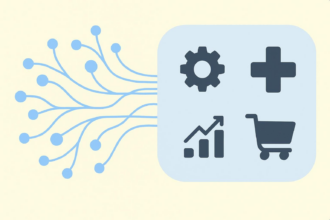
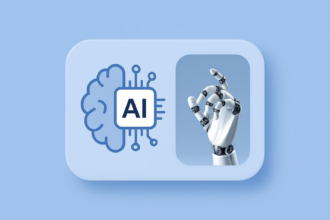



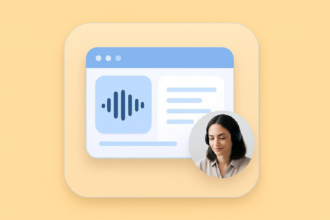

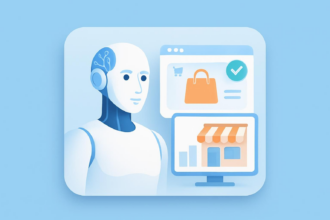




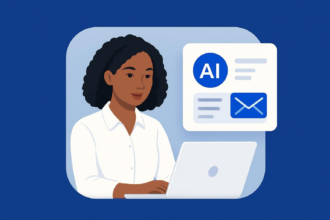




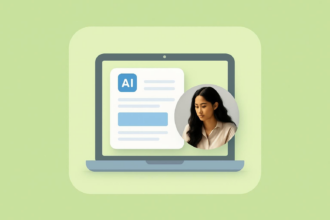


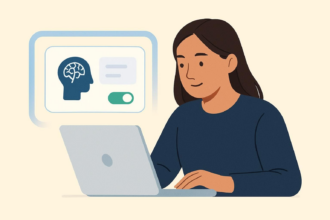

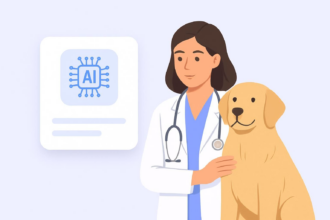
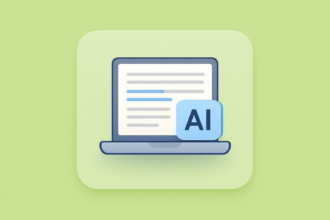


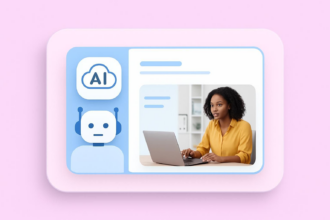

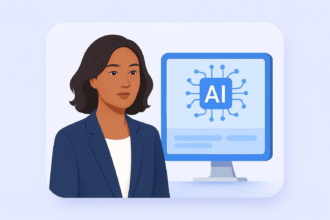

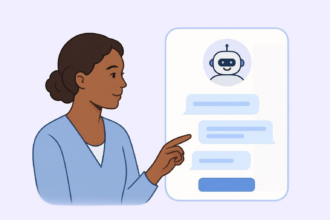




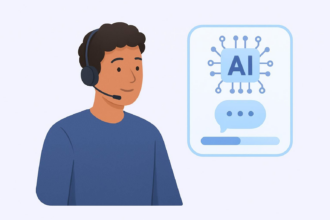
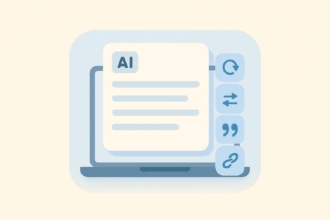


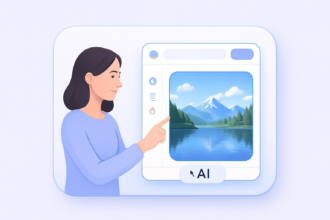
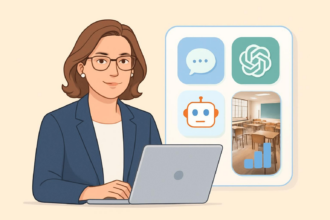



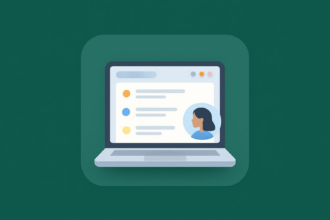


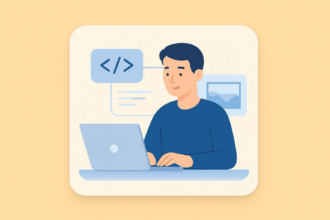








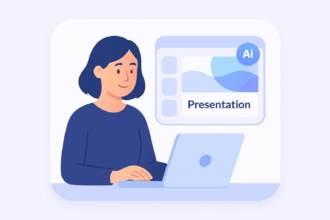
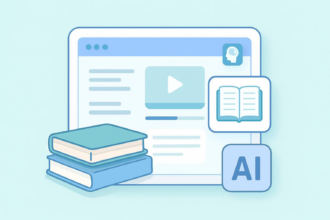








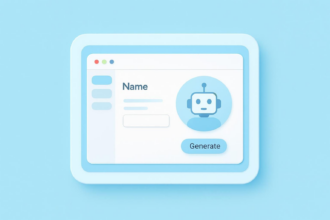



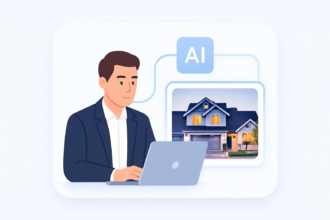


Send Comment: